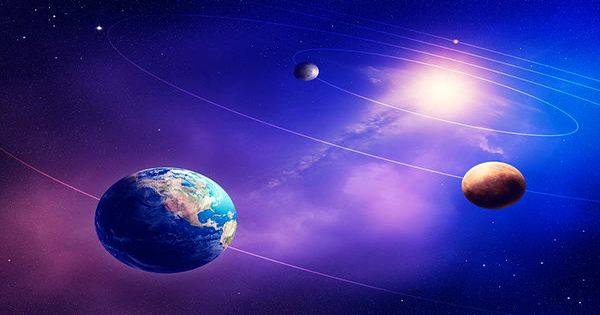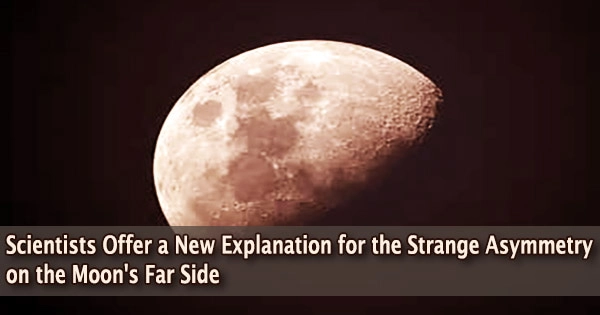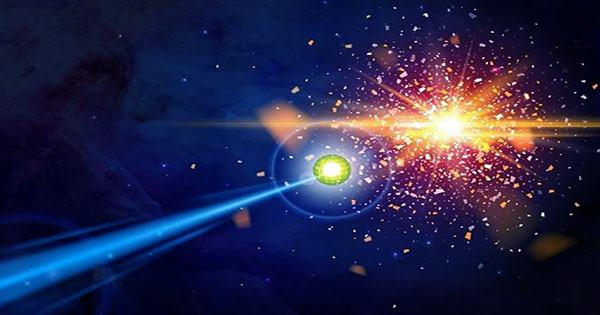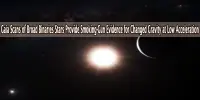The Homunculus Nebula is a bipolar nebula located in the constellation of Carina, about 7,500 light-years away from Earth. It was formed during a massive stellar outburst event that occurred in the 19th century from the star Eta Carinae, one of the most massive and luminous stars known in our galaxy.
The Homunculus Nebula is roughly shaped like an hourglass and spans about 1.5 light-years across. It is composed of gas and dust that was expelled during the outburst of Eta Carinae, which is thought to have been a massive eruption caused by the star’s unstable fusion processes.
The Homunculus Nebula is a bipolar emission and reflection nebula located approximately 7,500 light-years (2,300 parsecs) from Earth. The nebula is part of the much larger Carina Nebula, which is a large star-forming H II region. The nebula, named after the Latin word homunculus, which means “Little Man,” is made up of gas ejected from Eta Carinae during the Great Eruption, which occurred 7,500 years before it was discovered on Earth, from 1838 to 1845.
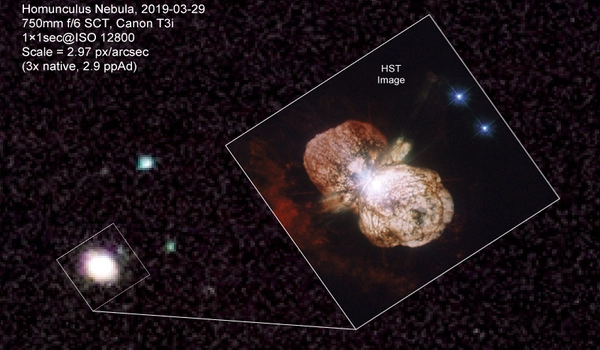
The nebula is named after the Latin word for “little man,” as its hourglass shape and central star resemble a tiny humanoid figure. The Homunculus Nebula is a fascinating object for astronomers and astrophysicists, as it provides a unique opportunity to study the processes that occur during massive stellar outbursts and the interaction between stars and their surrounding environment.
It also contains dust, which absorbs and re-radiates much of the light from the extremely bright central stellar system (IR). At mid-IR wavelengths, it is the brightest object in the sky. Within the Homunculus is a smaller Little Homunculus, and within that a shell of shocked material from stellar winds that has been called Baby Homunculus.
The Homunculus Nebula is composed of gas and dust that was ejected during the Great Eruption of Eta Carinae. The material was expelled at extremely high velocities, reaching speeds of up to 1,500 kilometers per second. As the material slammed into the surrounding interstellar medium, it created a shock wave that produced the glowing nebula we see today.
The Homunculus Nebula is a fascinating object for astronomers to study because it provides insights into the final stages of massive stellar evolution. By studying the composition, structure, and dynamics of the nebula, scientists hope to better understand the complex processes that occur in the death throes of the most massive stars in the universe.

